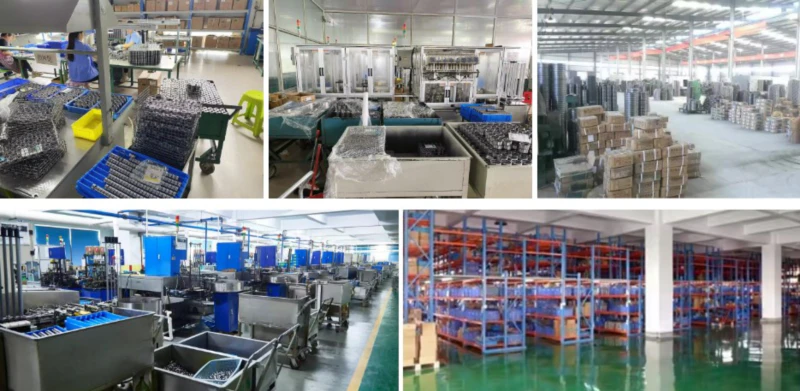Track Bearings Clearance
Track bearings play a crucial role in various industries, providing smooth and efficient rotation for a wide range of applications. The clearance of track bearings is a vital parameter that affects their performance and longevity. In this article, we will delve into the concept of track bearings clearance and its significance in different scenarios.
Understanding Track Bearings Clearance
Track bearing clearance refers to the gap between the rolling elements and the raceways in a track bearing assembly. It determines the amount of internal play or movement that exists within the bearing. This clearance is essential to compensate for thermal expansion, manufacturing tolerances, and other factors that can affect the bearing’s operation.
The Importance of Proper Track Bearings Clearance
Having the correct track bearings clearance is crucial for optimal performance and longevity. Insufficient clearance may result in excessive friction, leading to increased wear and premature failure of the bearing. On the other hand, excessive clearance may lead to reduced stability, vibration, and potential damage to the bearing components.
Types of Track Bearings Clearance
There are two primary types of track bearings clearance:
1. Radial Clearance:
Radial clearance refers to the gap between the rolling elements and the raceways in the radial direction. It allows for thermal expansion and contraction, ensuring smooth operation even under varying temperatures.
2. Axial Clearance:
Axial clearance, also known as endplay or thrust clearance, refers to the movement of the rolling elements along the axial direction. It enables axial displacement and compensates for axial thermal expansion, manufacturing tolerances, and misalignment.
Factors Affecting Track Bearings Clearance
Several factors influence the track bearings clearance:
1. Load:
The applied load affects the clearance as it can cause deformation and change in the bearing’s internal geometry. Heavier loads may compress the bearing components, leading to reduced clearance.
2. Temperature:
Temperature variations can cause thermal expansion or contraction of the bearing components, affecting the clearance. It is essential to consider the operating temperature range and choose bearings with suitable clearance to accommodate thermal changes.
3. Lubrication:
The type and amount of lubrication used in the track bearings assembly can also impact the clearance. Insufficient lubrication may result in increased friction and reduced clearance, while excessive lubrication can cause the rolling elements to float and increase clearance.
Applications of Track Bearings Clearance
Track bearings clearance is vital in various industries and applications, including:
1. Industrial Machinery:
In heavy machinery and equipment, track bearings with precise clearance ensure smooth rotation and efficient power transmission.
2. Automotive Industry:
In automotive applications such as wheel hubs and suspension systems, track bearings with proper clearance provide stability, reduced friction, and enhanced durability.
3. Robotics and Automation:
In robotics and automation systems, track bearings with accurate clearance enable precise movement, high repeatability, and reliable operation.
Company Promotion and Introduction
At [Company Name], we are a leading player in the Chinese reducer market. Our product line includes a wide range of high-quality solutions, such as servo reducers, plastic gearboxes, gear motors, worm gearboxes, and more. With state-of-the-art production and assembly equipment, we ensure the utmost precision and efficiency in manufacturing.
We pride ourselves on delivering top-notch products, competitive prices, and impeccable customer service. We welcome customers to provide custom requirements based on their specific needs. Experience the excellence of our products, attractive pricing, and attentive support.

Author: Czh